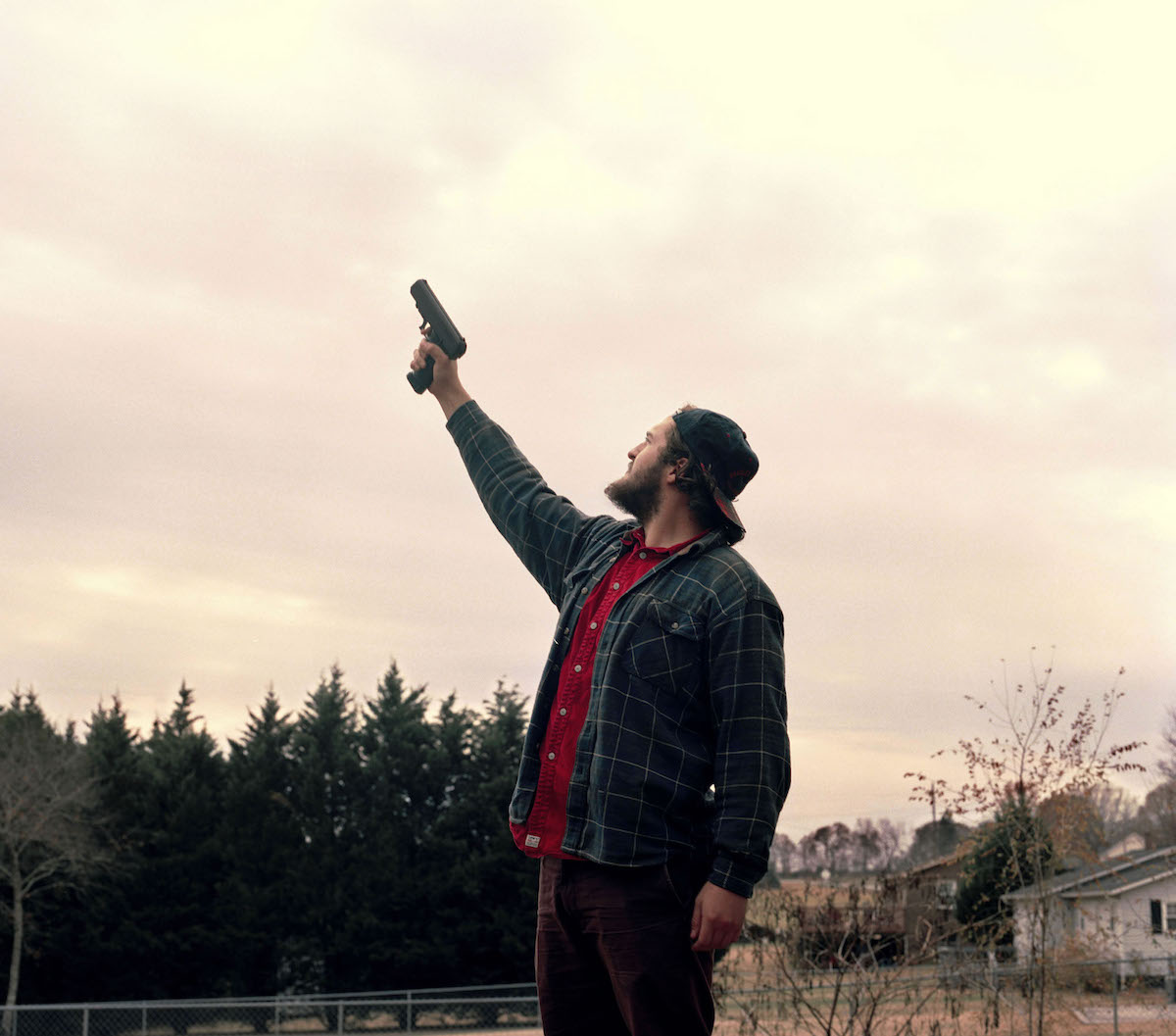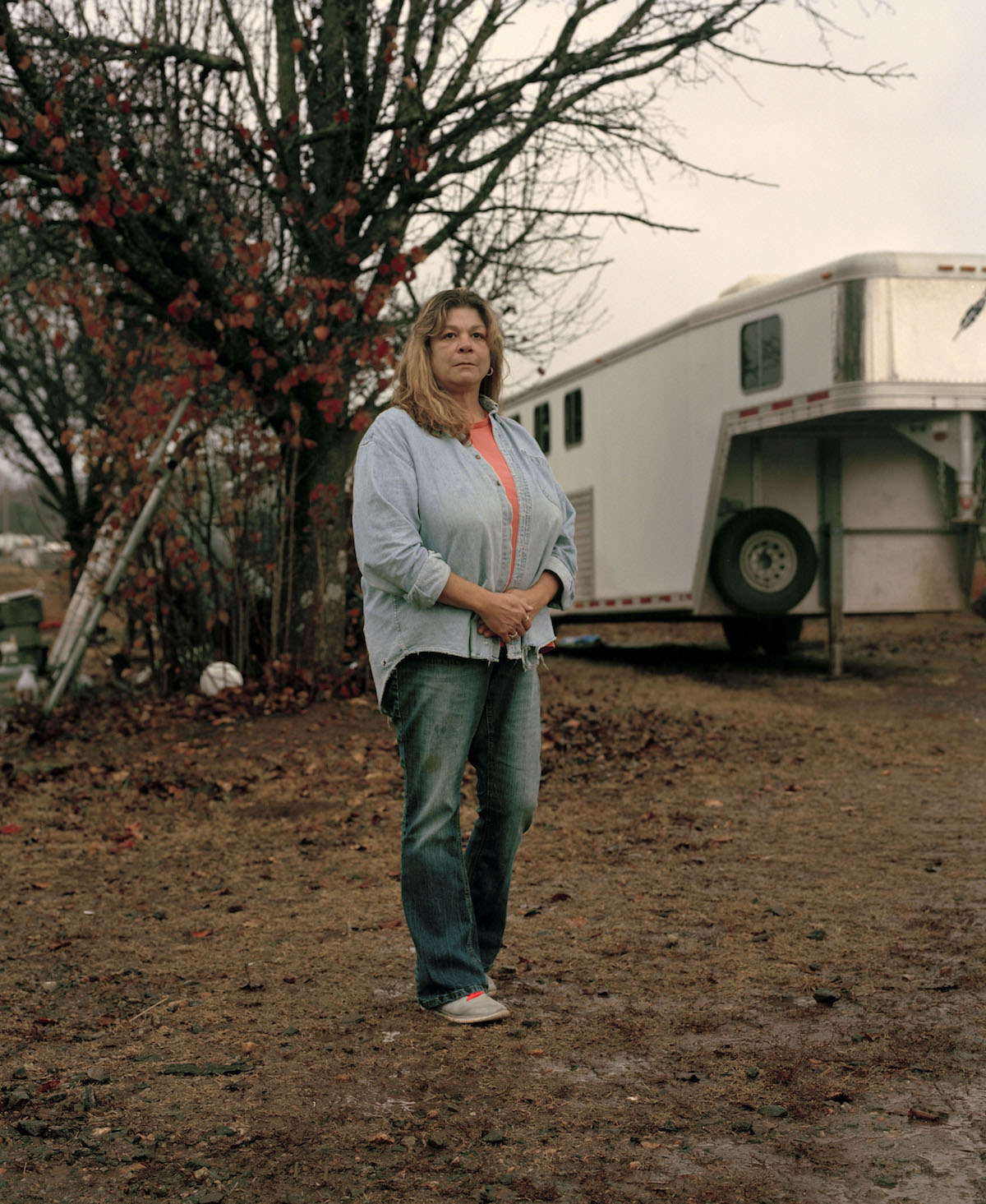Lila Barth
Featuring images from New York based photographer, Lila Bath’s, series ‘Lucinda’s Valley’ and ‘A Time Away’
What led you to studying at Fashion Institute Technology? Are there any pivotal factors about yourself that you feel have found their way into your images?
I was originally drawn to photography because I love stories. I have a love for visual language, and showing instead of telling. After high school, I wanted to go somewhere that was at the center of everything, so I chose FIT in New York City. That being said, I also chose it because of how cheap it was compared to all the other Arts colleges.
I think I’m an uncomfortable person, in general. This influences me and finds its way into my work with my choice of subject. I think that I seek out people who may not be the most natural or relaxed on camera to bring this emotion out through the lens. The hesitation and reluctance are a big part of what influences my process.
For your series Lucinda’s Valley, how did you meet your guide Lucinda? How did the secrets she told you about the Valley influence the images you shot and the story you told? What makes Love Valley different from other small American towns?
I met Lucinda on a connecting flight from Boston to LA. She sat next to me and was nervous so we ended up talking the whole flight. She told me about the town she was coming from, Love Valley, a small town near the Smoky Mountains of North Carolina. She explained how the town was originally built as a Christian Utopia. When I arrived I saw a much more grim reality of a town that had fallen on harder times, stuck pining for the past. She told me very intimate secrets of the town, gossip, and tragedy. Through my photos I wanted to portray these hardships while also respecting my subjects and their space. What you see in my series is what they want you to see with the half truths lingering beneath the surface- maybe in their expression, the reluctance of their pose.
I don’t think Love Valley is very different than other American towns. It's just one of many towns that has escaped the cultural memory of the American South. I guess the only difference is that Love Valley is still trying to sell itself’ and return to grandeur.
In referencing half truths how do you determine what to include in an image and what stories to keep for yourself? How do you establish trust with your subjects?
My process of establishing trust with my subjects really comes down to being very honest, creating a dialogue that explains to them how you want to present them and if that works for them. Each portrait usually has two to three outtakes. These shots can include more personal images that the subject may want private or, shots that I feel I’ve over directed. I want them to trust that it will be the purest possible collaboration.
Can you talk about your use of film and natural light, what about these components enhances your practice? In what ways do you feel it strengthens your subject’s ease by solely using natural lights opposed to setting up equipment for your shoots?
I’ve always been interested in Analog photography, since I was first introduced to 35mm and later medium format. I think that it makes the process so much more collaborative when the subject is as invested in the final result of the shoot as the photographer. Both know they have to wait. In another way, it strengthens the relationship of artist and subject because there is transparency in the process. I feel natural light strengthens my work because its an extension of this collaboration and transparency. This can extend to the viewer too, making an image relatable and within reach, because of the natural quality of the light.
You mention in a previous interview “I take time to speak with my subjects and learn more about them so it becomes a collaborative process,” can you elaborate on this.
When I’m photographing someone new, I think it’s hard for me not to talk to them. It’s a bit of an anxious tick, I ask hundreds of questions as I load film and light meter, to fill the conversational space. This also reinforces the subjects role as center of attention. Being able to laugh and relate brings about a more honest portrayal, there is less acting and posing in the image. Often, I learn something through these conversations that informs my decisions in shooting, whether it’s in setting, light or framing.
What was it like when you first started photographing strangers? Is there a recent memory you have of approaching someone to make their portrait?
When I first started photographing strangers I was very nervous. I still get very nervous but the nerves seem worth it when I can reflect back on the work I’ve created from taking this step out of my comfort zone. My biggest fear regarding this is not necessarily rejection, because I think with a lot of photographers that is common, but the fear lies more in offending someone or having someone be a bit paranoid of your intentions. I tend to approach a stranger with a genuine compliment. I will kind of express what it is about them that I am drawn to, as an artist, and if this is something they would allow me to document.
I was in a thrift store in New Jersey a few months ago. In a distant aisle I saw two very interestingly dressed elderly twins shopping. I was so drawn to them. Their mannerisms, style, wigs, and their similarities. After I worked up the courage I approached them kindly and with enough space to allow them to say no and explained to them that they caught my attention. I went on to explain that I was a photographer and would love to collaborate with them. They ended up being extremely willing and flattered. I’m always surprised by how much people actually enjoy the attention.
I think all my subjects have left some form of an impact on me. Even if a subject is shy there is something I learn, at least artistically speaking, from working with them.
What is a risk you’ve taken with your art or even just life in general that helped push you in a direction you least expected?
Traveling to a new place is a risk that has greatly affected my work but continues to bring the least expecting but most satisfying outcomes. When I go someplace new I never know what to expect. I don’t know the type of people I will be working with, the space, the culture. For me there is a risk in assuming that the things will go well. That this investment of my time will be worthy. Luckily these risk have always worked out fine for me.
Your series A Time Away focuses on members of your family, how did you begin this series, and in what ways did collaborating with your family members differ or remain similar to your process oh photographing someone you don’t know?
This series began with me moving home for a few months, and found the potential for new work in front of me. On our trip to Saranac Lake I started shooting and quickly realized the unique challenges in doing this kind of introspective work. I thought I had to detach completely and remove myself enough from their narrative to be an outsider. I had to approach it photographically. But through this process I learned the importance of emotional investment. I began to let my experiences with each family member and their connection with me bleed into the work. Like my mother’s strong presence. And my sympathy for my sister. It became some of my most honest work.
To keep up to date on Lila’s upcoming work follow along here:
Instagram https://www.instagram.com/barth_lila/
Website https://www.lilabarth.com/











